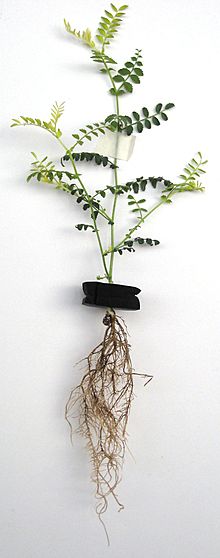Subtopic: Causes of Root Rot
– Anoxic conditions in soil or potting media cause roots to rot
– Excessive standing water around roots is a common cause
– Overwatering, heavy potting media, and poor drainage contribute to root rot
– Different plants have varying tolerances for soil moisture levels
– Root rot is often fatal if not addressed promptly
Subtopic: Symptoms of Root Rot
– Yellowing and dying leaves are common signs
– Indoor plants are more susceptible to root rot
– Root rot can be lethal with no effective treatment
– Plants from different environments have different moisture tolerances
– Propagation is a way to save plants affected by root rot
Subtopic: Control of Root Rot
– Only water plants when soil is dry to avoid root rot
– Well-drained pots help prevent root rot
– Dense potting media from outdoors can lead to root rot
– Root rot can be caused by water mold genus Phytophthora
– Drenching with carbendazim can help control root rot
Subtopic: Hydroponics and Root Rot
– Proper water aeration is essential to prevent root rot in hydroponic systems
– Use of air pumps, air stones, and air diffusers can help aerate water
– Hydroponic air pumps function similarly to aquarium pumps
– Poor water aeration led to the development of aeroponics
– Basidiomycete fungi cause root rot in Acacia plants
Subtopic: Related Concepts
– Pythium and Rhizoctonia are related to root rot
– Plant pathology is a field that studies diseases like root rot
– Damping off is a form of root rot in seedlings
– Ganoderma spp. and Phytophthora cinnamomi are associated with root rot
– Root rot can contaminate other plants through spores carried by insects and arthropods
This article needs additional citations for verification. (August 2022) |
Root rot is a condition in which anoxic conditions in the soil or potting media around the roots of a plant cause them to rot. This occurs due to excessive standing water around the roots. It is found in both indoor and outdoor plants, although it is more common in indoor plants due to overwatering, heavy potting media, or containers with poor drainage. The leaves of plants experiencing root rot often yellow and die, and if allowed to continue, the condition can be fatal.

To avoid root rot, it is best to only water plants when the soil becomes dry, and to put the plant in a well-drained pot. Using a dense potting media such as one dug up from outdoors can also cause root rot. Plants from different environments have different tolerances for soil moisture: plants evolved for desert conditions will experience root rot at lower moisture levels than plants evolved for tropical conditions. In both indoor and outdoor plants, it can be lethal and there is no effective treatment, though some plants can be propagated so they will not be lost completely.
Many cases of root rot are caused by members of the water mold genus Phytophthora; perhaps the most aggressive is P. cinnamomi. Spores from root rot causing agents do contaminate other plants, but the rot cannot take hold unless there is adequate moisture. Spores are not only airborne, but are also carried by insects and other arthropods in the soil. It can be controlled by drenching carbendazim. [citation needed]
